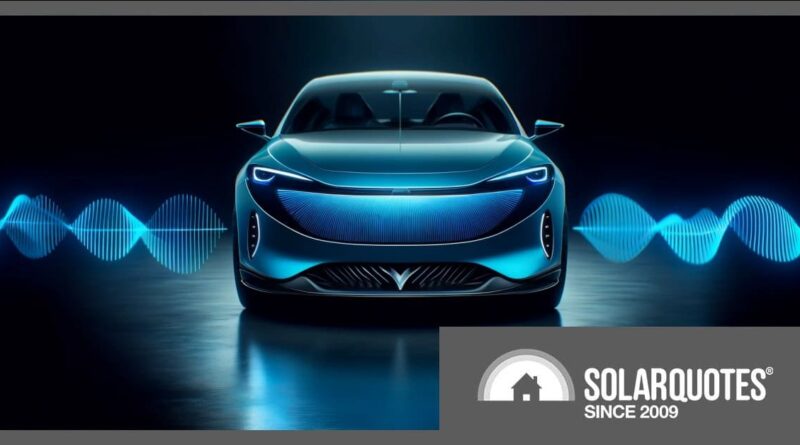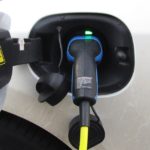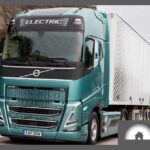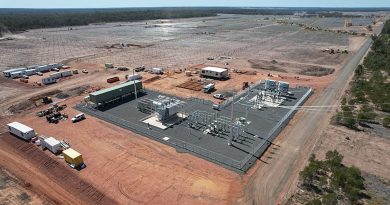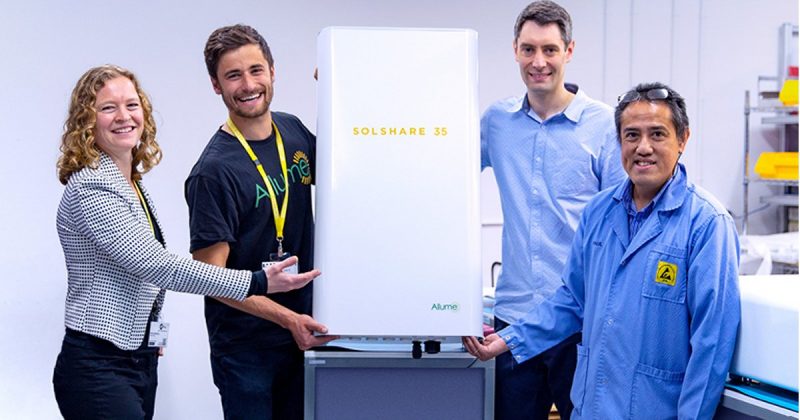Safer Electric Vehicles For Australia With AVAS
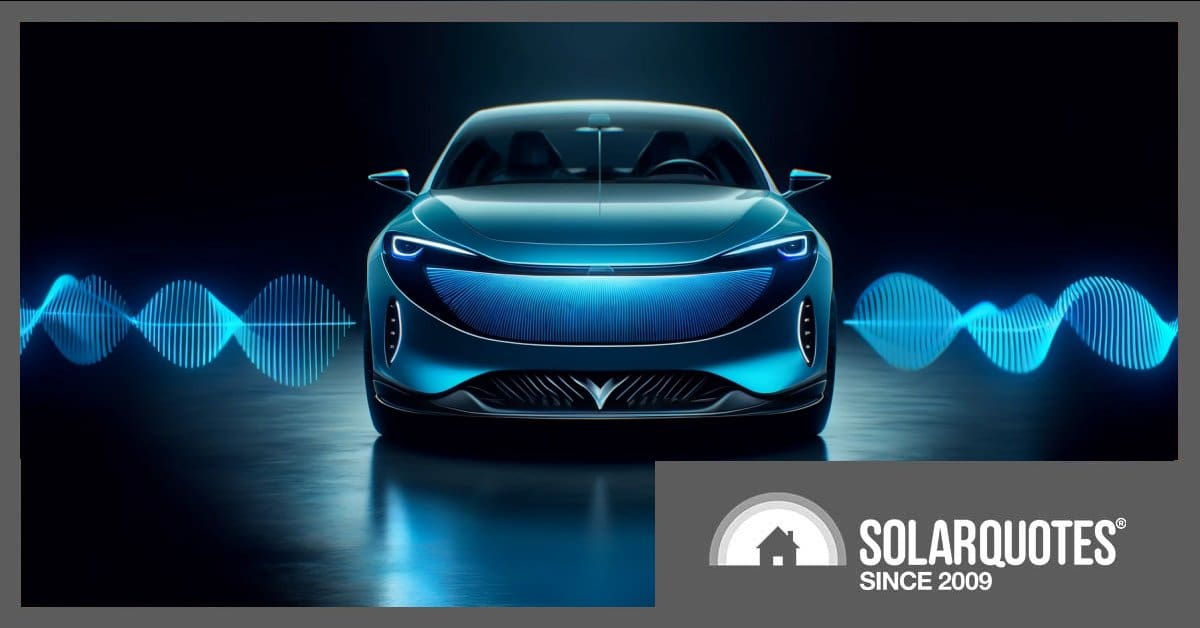
It’s official – an Australian design rule to make new electric vehicles safer will come into play from November 2025.
One of the many great things about EVs is how quiet they are. But this also poses a safety issue, particularly for pedestrians in our community with vision issues who rely on sound to get around our streets.
Some electric vehicles are fitted with an Acoustic Vehicle Alerting System (AVAS). This is a sound emitted while an EV is travelling at low speeds when tyre noise may not be loud enough to alert pedestrians. To this point (and for a little while longer), inclusion of AVAS on new electric vehicles hasn’t been compulsory. But a new Australian Design Rule (ADR) will make AVAS mandatory for new electric, hybrid and hydrogen fuel cell cars, trucks and buses from November 2025.
“As more and more Australians choose to drive EVs, we are committed to ensuring that they are safe for both driver and others using the road,” said Infrastructure, Transport, Regional Development and Local Government Minister Catherine King. “This is a significant win for those [in] the blind and low-vision community who have long been advocating for alert systems like this to be introduced in Australia.”
The decision follows consultation on a draft Impact Analysis proposing compulsory AVAS, which was strongly supported not only by the blind and low-vision community, but also state and territory governments and vehicle manufacturers. Australia is playing catch-up here, with AVAS already mandated in the EU, UK, Japan, Korea and the USA.
Vision Australia has been advocating for AVAS to be introduced in Australia since 2018.
“We are ecstatic and congratulate the current federal government for listening to our concerns and acting on this very important issue as pedestrians who are blind or have low vision will be able to navigate public spaces with more confidence,” said Vision Australia’s Chris Edwards.
Vehicle Standard (Australian Design Rule 113/00 – Acoustic Vehicle Alerting Systems for Quiet Road Transport Vehicles) 2024 can be found here.
BYD Atto AVAS Update
On a related note, we’ve had our BYD Atto 3 for around a year now. So far, it’s generally been a great vehicle and we’ve spent very little on EV charging at home thanks to our 10kW solar system and Fronius WattPilot. Among my few gripes was the Atto’s AVAS system. There were a couple of sounds to choose from – the less problematic (IMO) being a Jetsons-type spaceship sound I could hear from the other end of the house when my better half arrived home.
The sound raised a few eyebrows in our street, which is already home to way too many unnecessarily loud internal combustion engine (ICE) vehicles. While the Atto AVAS sound wasn’t anywhere as near as loud as these vehicles, I don’t think it was doing the EV’s quietness street cred any favours.
The AVAS sound choice was a fairly common gripe among Atto owners, some of whom went as far as physically disconnecting the system as it couldn’t be switched off through software options. While the sound annoyed me, I didn’t interfere with the system as it was doing the job it was designed to do. Additionally, I figured it wouldn’t have been a good look in the courts or with our insurer if there was an accident with a pedestrian and it was discovered the safety device was purposely interfered with in a way the manufacturer didn’t intend.
BYD appeared to take feedback on board in an over-the-air (OTA) update released late last year. One of the tone options changed to something quieter that didn’t sound like an alien invasion was nigh. Whether it’s in harmony with the new ADR I don’t know – it seems a bit too quiet now. But one of the wonderful things about OTA updates is it won’t take much effort for BYD to bring it into line if need be.
But there’s now also an option to turn it off altogether. And while the new ADR only applies to new cars manufactured on or after 1 November 2025, AVAS is a really valuable feature on existing cars that have it. It could literally save a life.
Original Source: https://www.solarquotes.com.au/blog/avas-electric-vehicles-mb2903/

